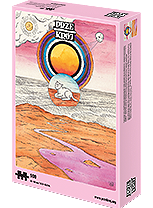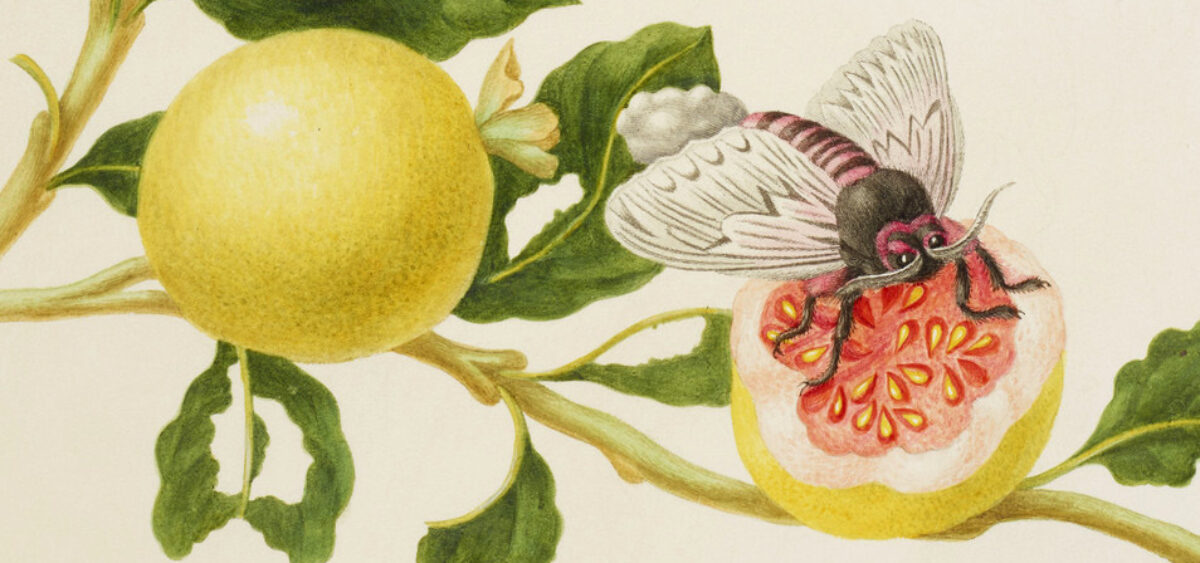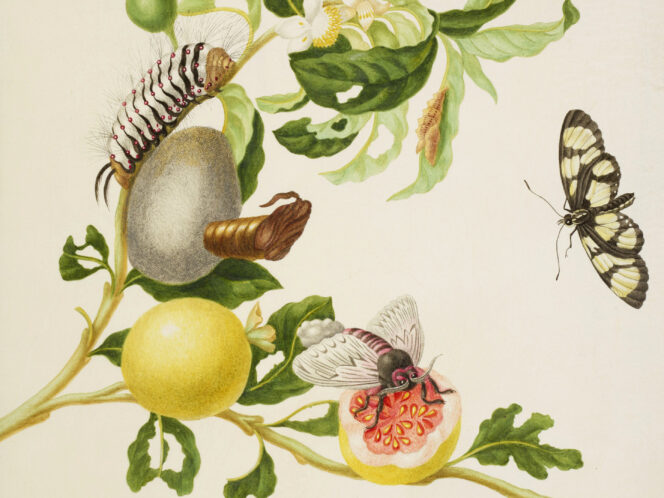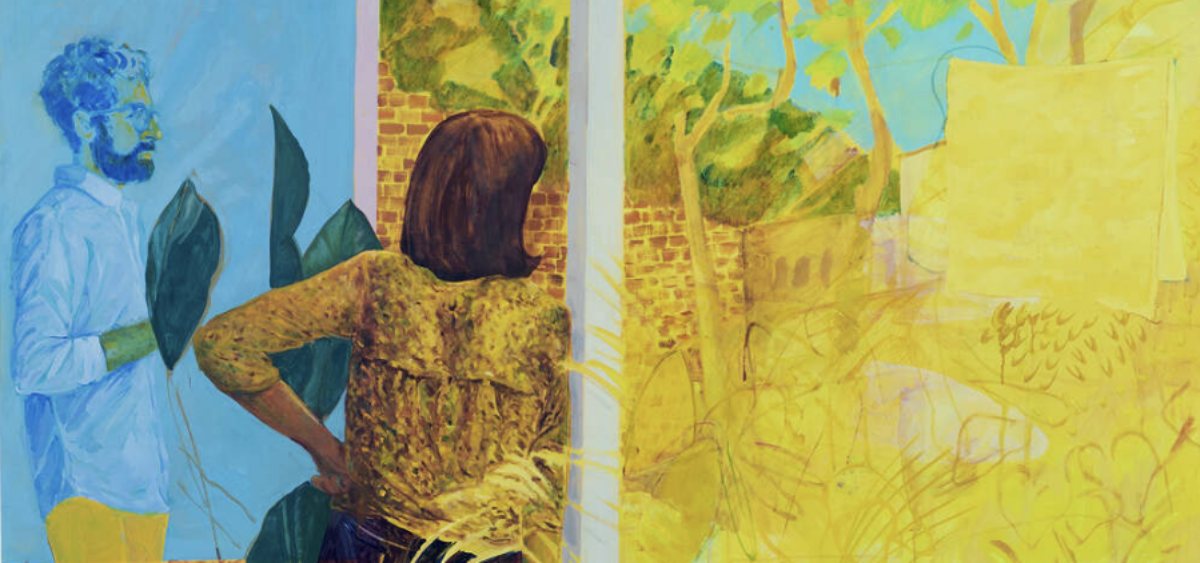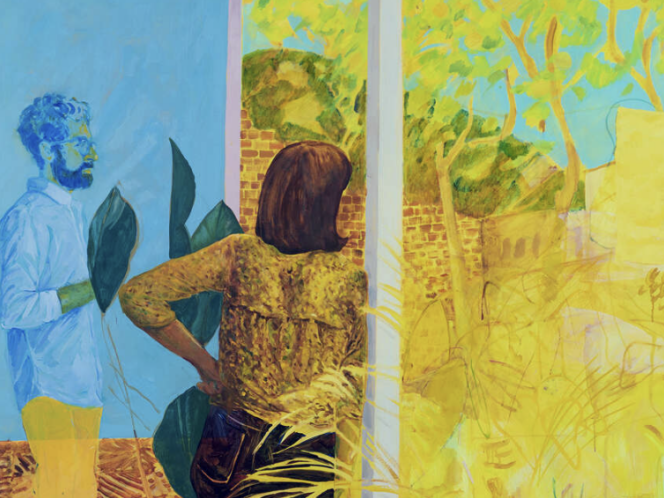
Creatures that crawl, jump, and stride on long limbs can be found not only in the tall grass, but also on the canvases of the Old Masters.
They show up almost everywhere. They are present in many medieval representations of the Last Judgment, sin, or hell—for example, in the twelfth century frescoes in the Basilica of Santa Maria Assunta on the Venetian island of Torcello. They have a permanent presence in sepulchral art of the medieval, Renaissance, and Baroque periods. Sometimes they appear individually, sometimes in larger groups, other times . . . in parts.
Beetles, roundworms, larvae, lizards. Frogs, winged insects, spiders, snakes, and scorpions. These have all been portrayed in art for a very long time. They feature in transi tombs, monuments consisting of a sculpted figure showing the deceased in a state of decomposition, often full of worms and larvae, sometimes accompanied by reptiles and amphibians. One such example


